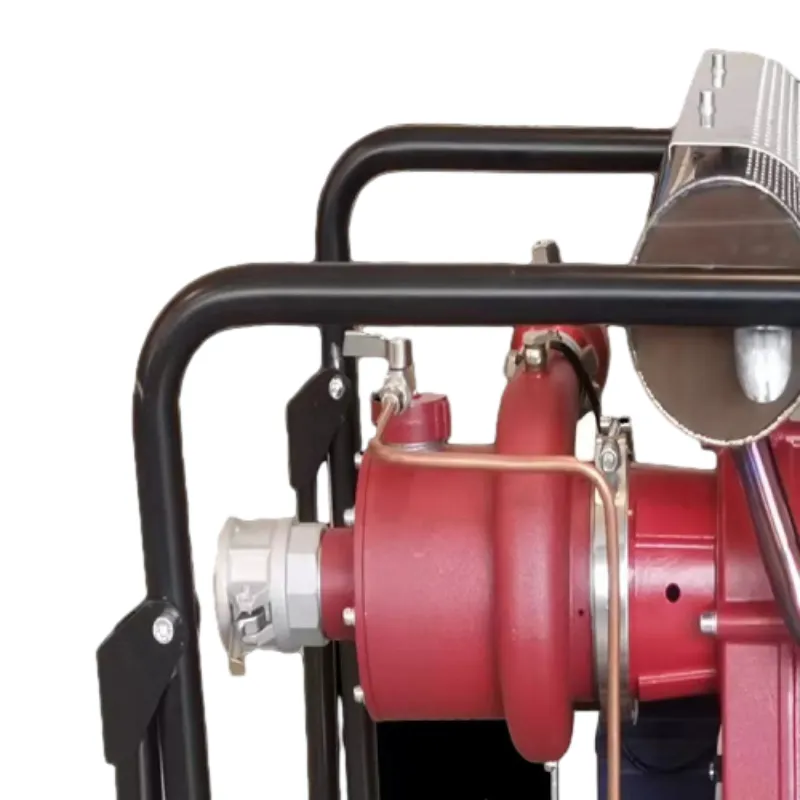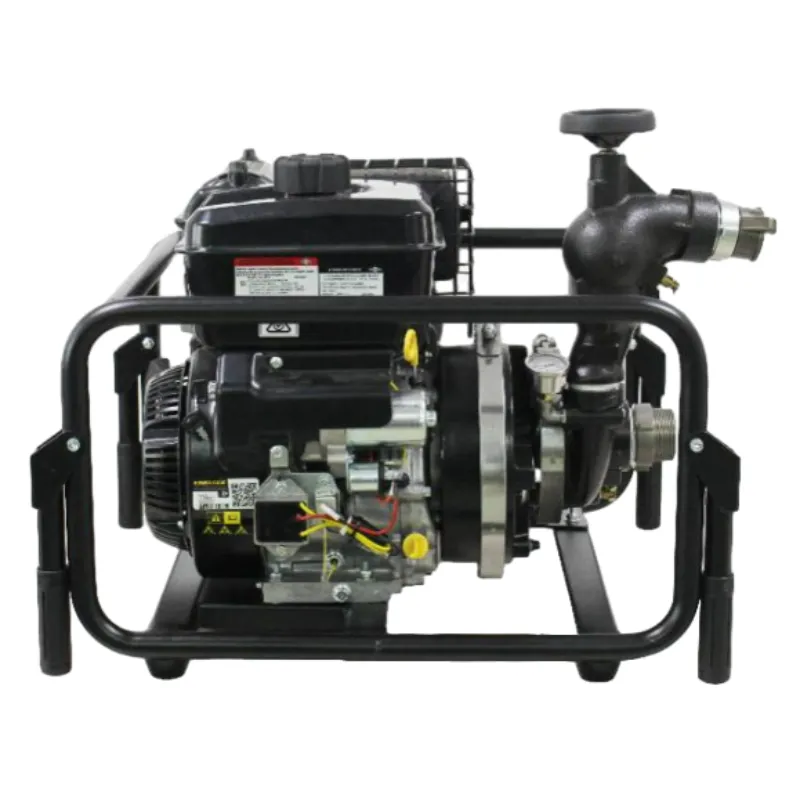

Rescue tools such as pry bars, fire axes, and cutting equipment are equally important. Such tools are fundamental in educating trainees on how to perform rescues and manage escape routes. Mimicking real-life scenarios where these tools are necessary aids in developing the practical skillset vital for a firefighter’s role. Furthermore, computer-based training programs can augment hands-on experience with theoretical knowledge. These programs offer scenario-based learning modules that reinforce the practical aspects by explaining the underlying theories of fire behavior, safety protocols, and firefighting strategies. This blended learning approach not only enhances the knowledge of trainees but also allows for flexible learning plans that can be customized to the needs of individual learners. Selecting trustworthy and authoritative suppliers of fire training equipment is also an important aspect that cannot be overlooked. It's crucial to partner with companies that have a demonstrable track record of quality and reliability in their products. Such suppliers often offer comprehensive support, including equipment maintenance, user training, and tailored solutions that meet specific training requirements. This ensures that the training remains up-to-date and adheres to the latest safety standards. Effectiveness in fire training hinges on the dependability of the equipment used. Ensuring that every piece of equipment is maintained in peak condition is essential for safety and training integrity. Regular checks and assessments will protect against equipment failure that could jeopardize training outcomes or safety. Ultimately, fire training equipment serves as the bridge between theoretical knowledge and practical application. It is integral to the development of prepared, confident, and efficient firefighters. By investing in high-quality, innovative equipment and maintaining partnerships with reputable vendors, fire training facilities can bolster their programs, thereby contributing to community safety and resilience. The choice of equipment becomes an investment not just in tools, but in the capabilities and effectiveness of the human resources tasked with protecting lives and property.





























